Product Description
Jacob's Ladder, Polemonium
Jacob's ladder is a plant that belongs to the genus Polemonium, which includes several species of herbaceous perennials. The plant is native to North America and is commonly grown for its attractive foliage and colorful flowers.
The leaves of Jacob's ladder plant are arranged in a ladder-like pattern, which gives the plant its common name. The leaves are typically pinnate, with numerous leaflets arranged in pairs along the stem. The flowers are bell-shaped and can be blue to purple.
Jacob's ladder plants grow best in partially shaded to full shaded areas that receive morning sun and afternoon shade. They prefer moist, well-drained soil that is rich in organic matter. They are native to North America and grow in woodland areas, stream banks, and other damp, shaded locations. Jacob's ladder is a cold-hardy plant and can tolerate frost and cold temperatures.
Jacob's ladder plants prefer moist, well-drained soil and partial to full shade. They are relatively easy to grow and can be propagated by division or seed. The plants are often used in borders, woodland gardens, and ground cover. In addition to their ornamental value, some species of Jacob's ladder have been used in traditional medicine for their medicinal properties.
How to grow and plant Jacob's Ladder
- Choose a planting location: Jacob's ladder prefers a partially-shaded or full-shaded area that receives morning sun and afternoon shade. The soil should be well-draining and moist.
- Prepare the soil: Remove any weeds, rocks, or debris from the planting site. You can mix in organic matter such as compost or peat moss to improve the soil structure and fertility.
- Planting: Plant Jacob's ladder seeds in the spring or fall, or you can also plant a young plant from a nursery. Dig a hole as deep as the root and twice as wide. Place the plant in the hole and cover it with soil. Make sure to space the plants 12-18 inches apart to allow enough room for growth.
- Watering: Regularly water the newly planted Jacob's ladder, keeping the soil moist but not waterlogged. Once established, the plant can tolerate periods of drought.
- Fertilizing: Fertilize the plant in the spring with a slow-release fertilizer or organic compost. Avoid fertilizing in the fall, as this can stimulate new growth that frost may damage.
- Maintenance: Deadhead the spent blooms to encourage continuous blooming. Cut back the foliage in the fall to prevent insect development and encourage new growth in the spring.

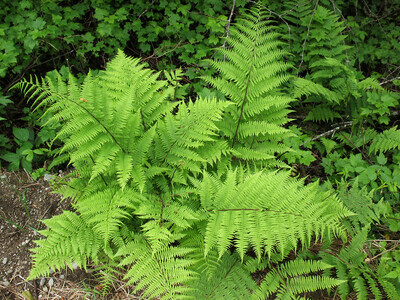 Native Ferns
Native Ferns
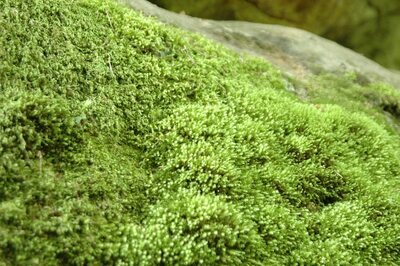 Native Mosses
Native Mosses
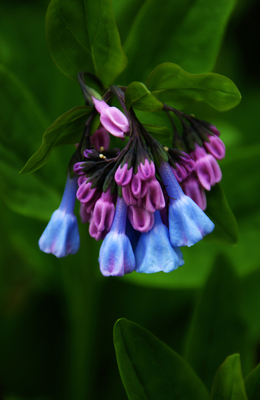 Native Perennials
Native Perennials
 Native Ground Covers
Native Ground Covers
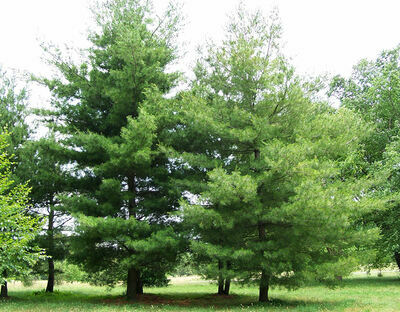 Native Trees
Native Trees
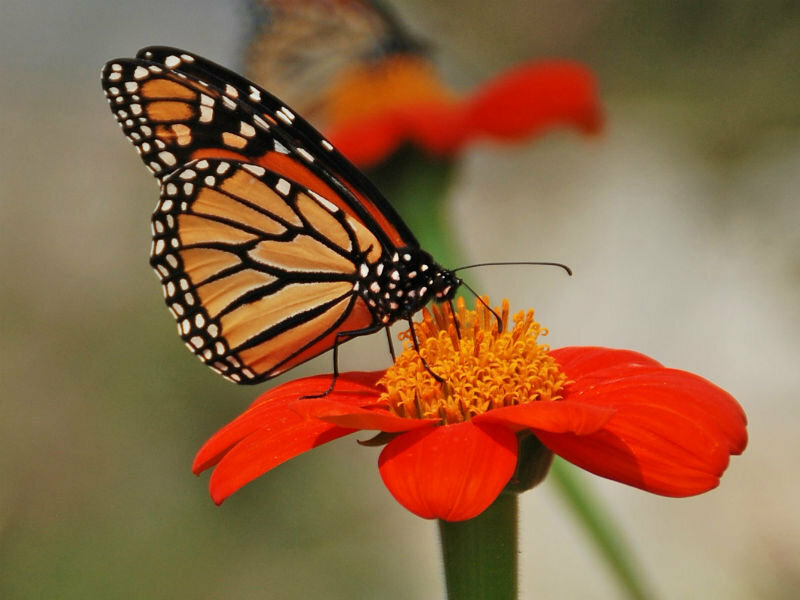 Pollinators
Pollinators
 Shop Bloom Color
Shop Bloom Color
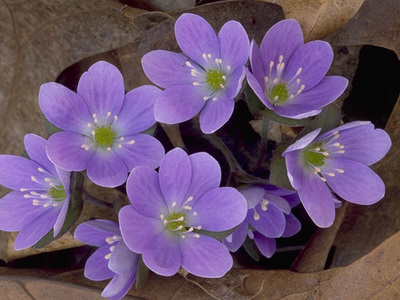 Perennials By Zone
Perennials By Zone
 Medicinal Herb Plants
Medicinal Herb Plants
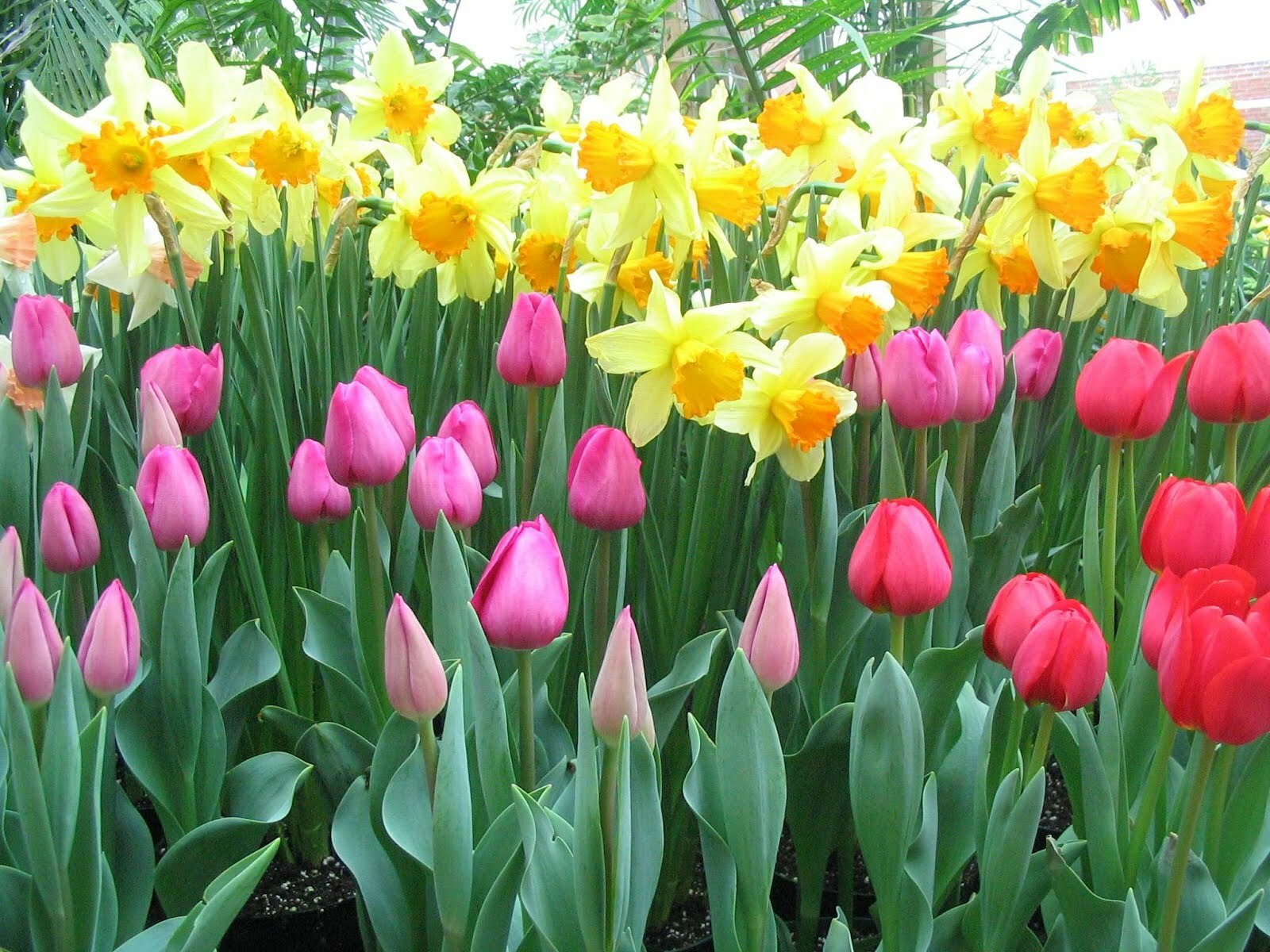 Spring Bulbs
Spring Bulbs
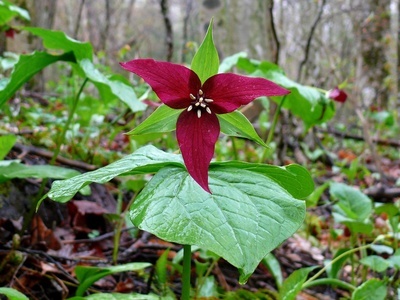 Trillium
Trillium
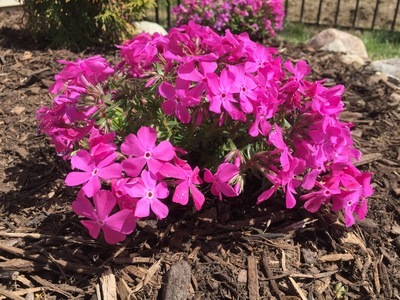 Shop By Zone
Shop By Zone
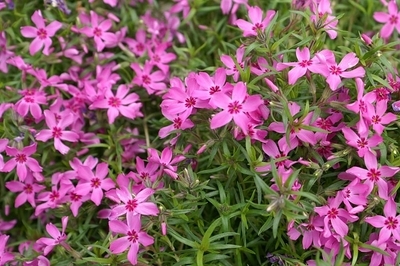 Flowering Groundcovers
Flowering Groundcovers
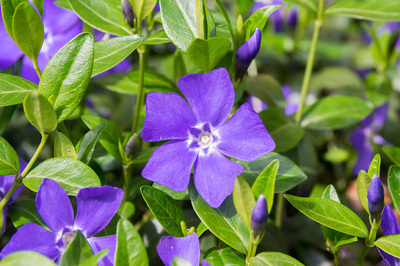 Evergreen Groundcovers
Evergreen Groundcovers
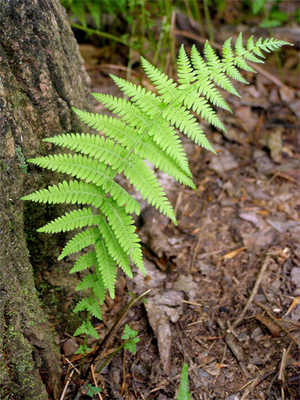 Ferns for Zone 3
Ferns for Zone 3
 Ferns for Zone 4
Ferns for Zone 4
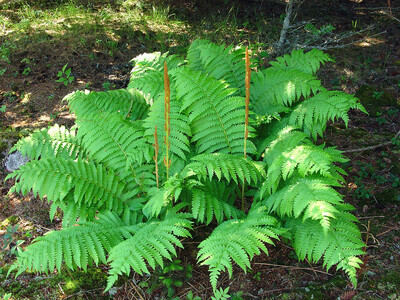 Ferns for Zone 5
Ferns for Zone 5
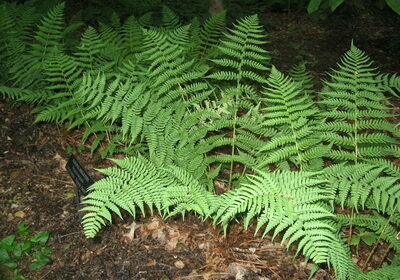 Ferns for Zone 6
Ferns for Zone 6
 Ferns for Zone 7
Ferns for Zone 7
 Ferns for Zone 8
Ferns for Zone 8
 Christmas bows
Christmas bows
 Fresh Wreaths
Fresh Wreaths
 Garlands
Garlands
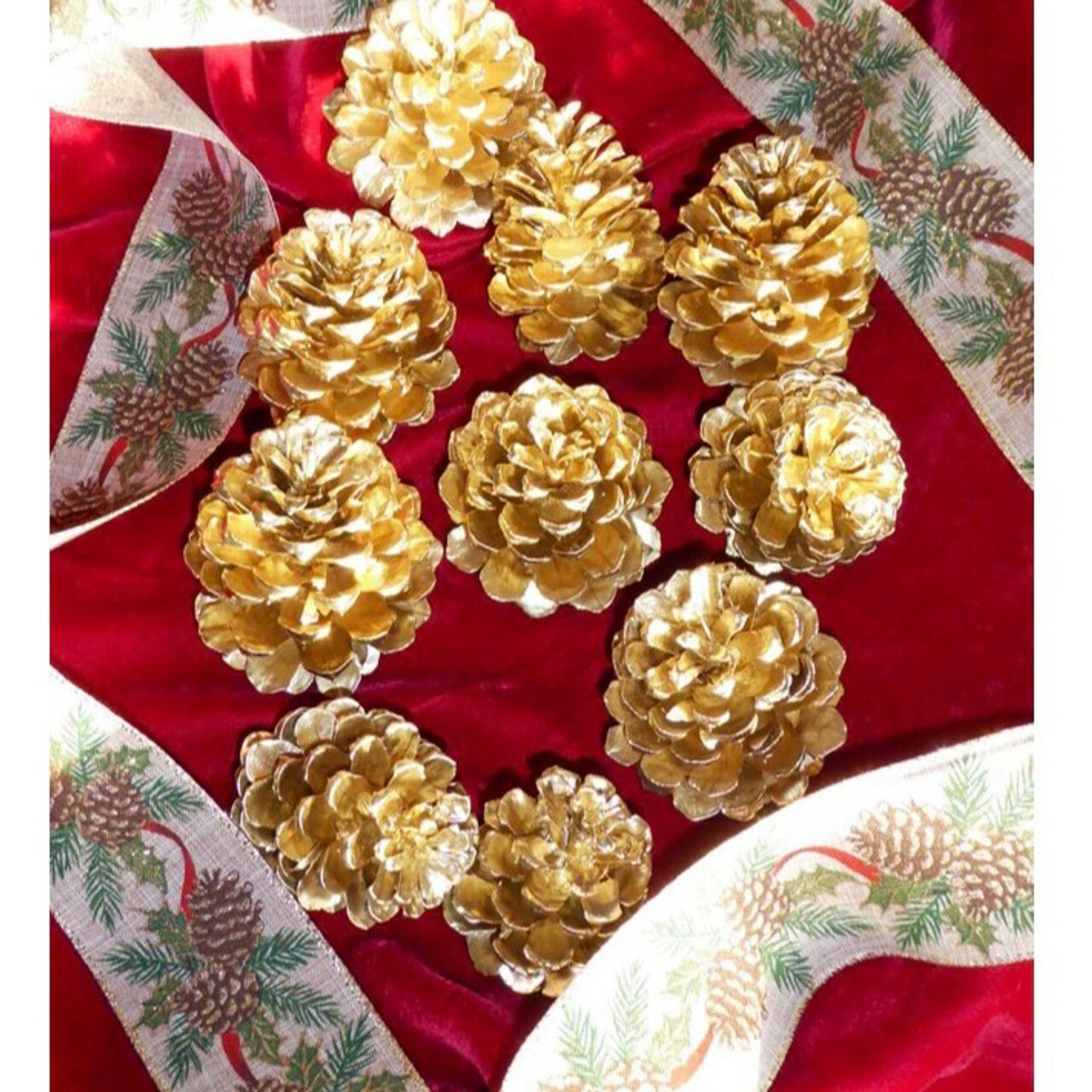 Large Pine Cones
Large Pine Cones
 Live Mistletoe
Live Mistletoe
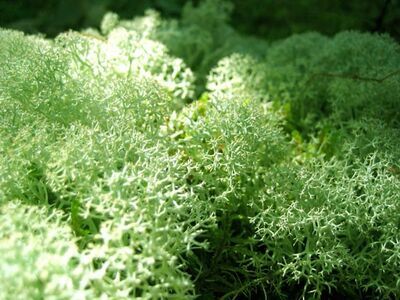 Moss
Moss
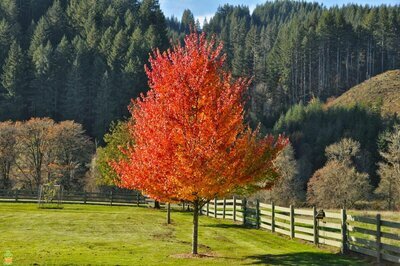 Shop Trees By Zone
Shop Trees By Zone
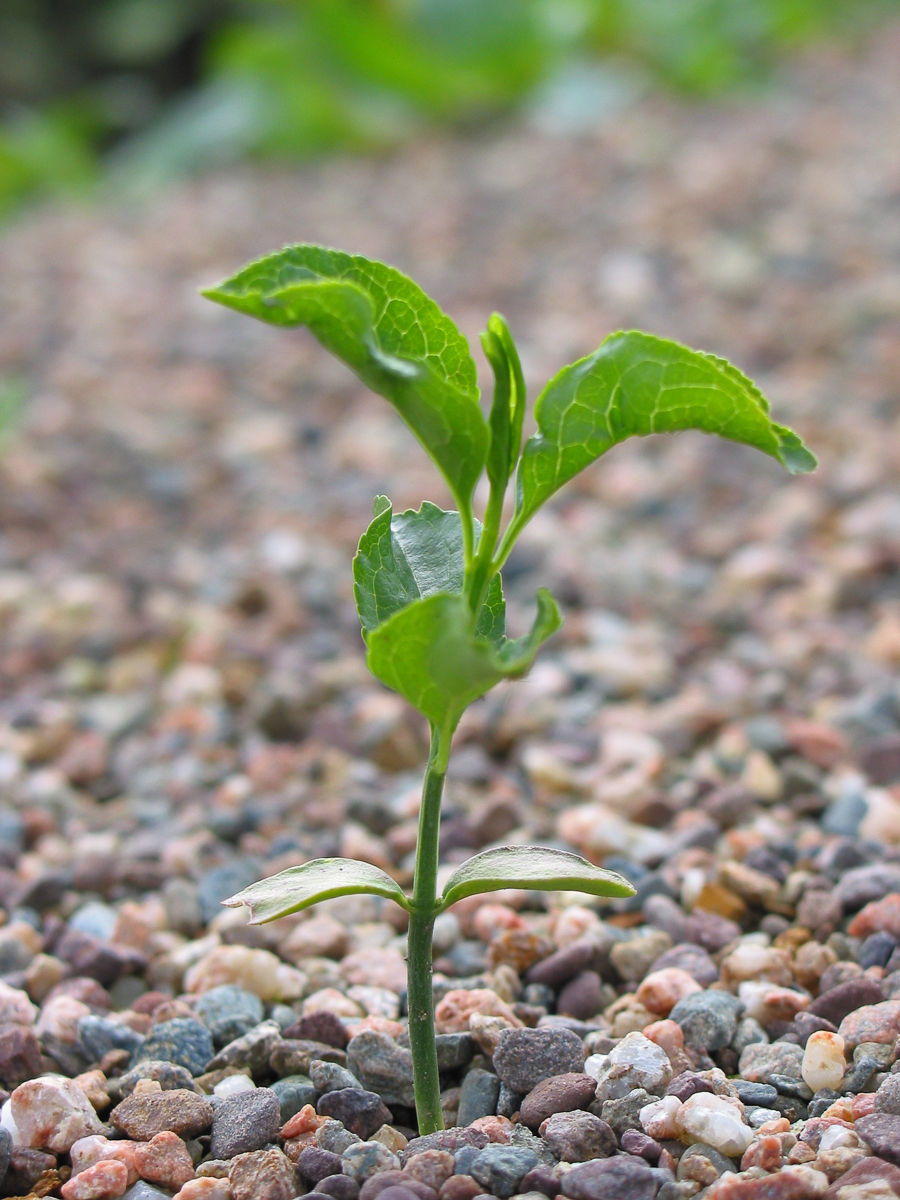 Tree Seedlings
Tree Seedlings
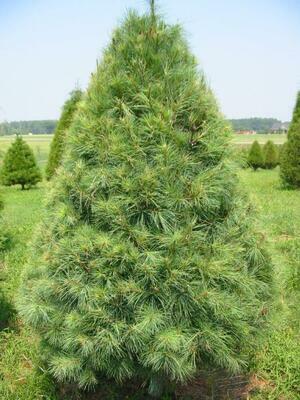 Fast Growing Trees
Fast Growing Trees
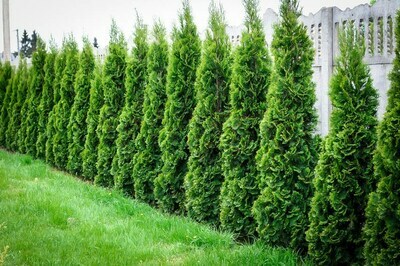 Pine Trees
Pine Trees
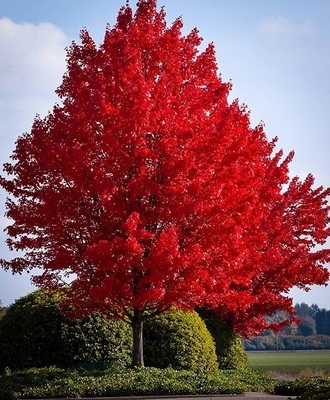 Live Stakes
Live Stakes
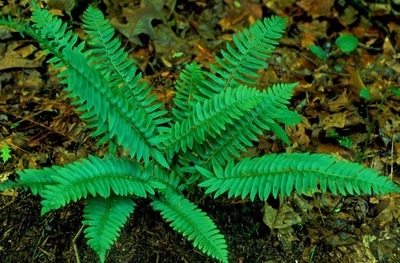 Evergreens
Evergreens
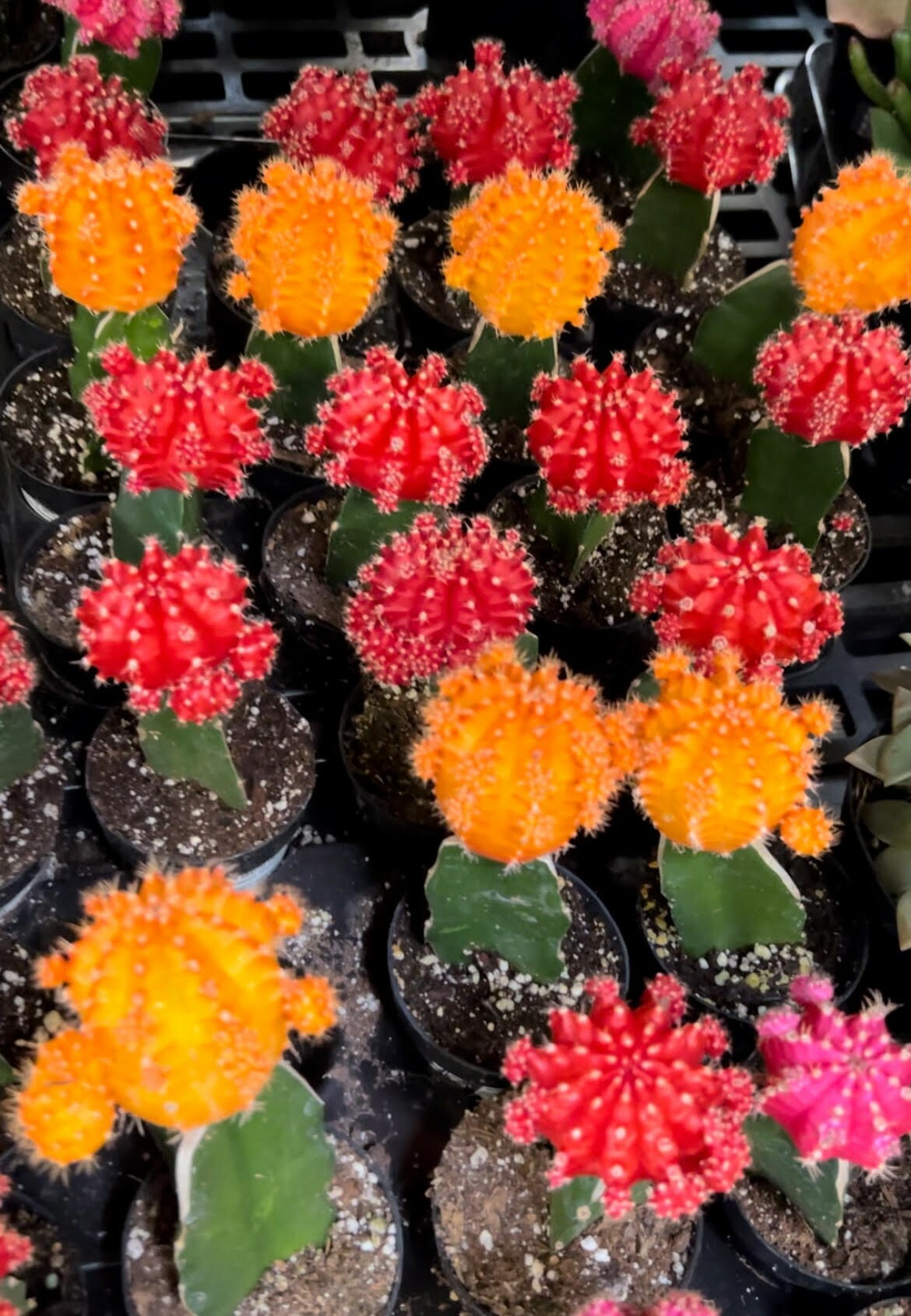 Cactus
Cactus
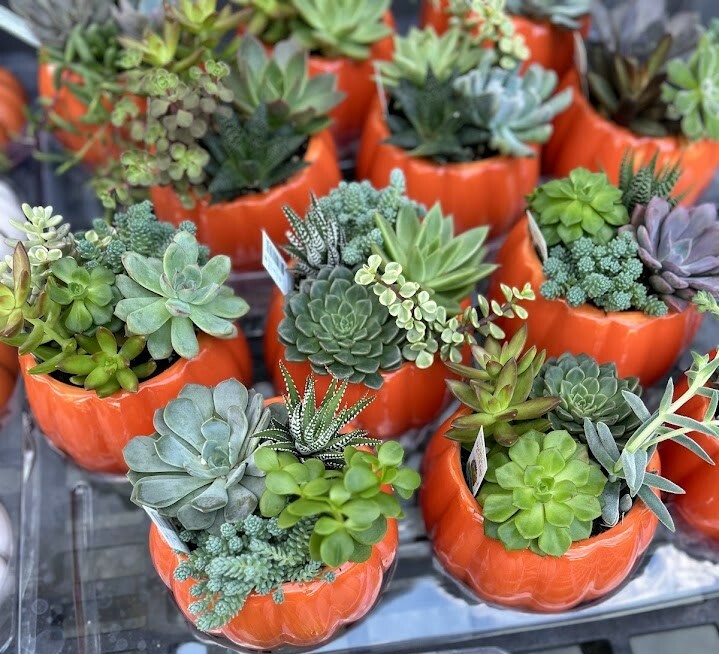 Combos
Combos
 Echeveria
Echeveria
 Haworthia
Haworthia
 Sedum - Stonecrop
Sedum - Stonecrop


